Qatar 2022 World Cup: Two-year countdown tomorrow

Mail This Article
The countdown to the World Cup in Qatar begins on Saturday (November 21). This will be the first World Cup hosted by an Arab country and the second tournament to be held entirely in Asia after the 2002 edition in South Korea and Japan.
The tournament is scheduled to take place between November 21 and December 18, 2022.
Recently, the Emir of Qatar Tamim bin Hamad Al Thani dedicated to the nation the three tournament-ready venues. Work on the other five World Cup stadiums and mega-projects linked to the tournament has entered the final phase. The organisers are confident of delivering the completed venues well ahead of schedule despite the outbreak of the coronavirus pandemic.
Football fans from across the globe might have been absolutely delighted to hear FIFA President Gianni Infantino saying it was unlikely that the 2022 FIFA World Cup will be held in Qatar without the presence of the fans. After all, football without fans is not the same!
The World Cup 2022 will be played out in eight state-of-the-art stadiums in Qatar. The opening game on November 21 will be at the Al Bayt Stadium. The final on December 18 will be held at the Lusail Stadium, the tournament's largest venue with a capacity of 80,000.
Here’s a brief overview of the eight venues as Qatar enters the final phase of preparations for the gala event:
Completed venues
1. Khalifa International Stadium
The Khalifa International Stadium, which was built in 1976 in Doha, is the first tournament-ready venue. This 40,000-capacity arena will host eight matches including six in the group stage, one round of 16 encounter, and the playoff for third-place. It is currently the world's only air-conditioned open-air stadium and the first World Cup stadium with LED lighting. The iconic stadium, which has hosted the Gulf Cup, Asian Games and the AFC Asian Cup, was completely refurbished and officially re-opened in 2017.
The unique design of the stadium's interior represents Qatar's history and culture. The Khalifa International Stadium will be one of the world's top 10 stadiums to have LED pitch lighting, similar to those used at the home grounds of Chelsea, PSV Eindhoven, and AFC Ajax.
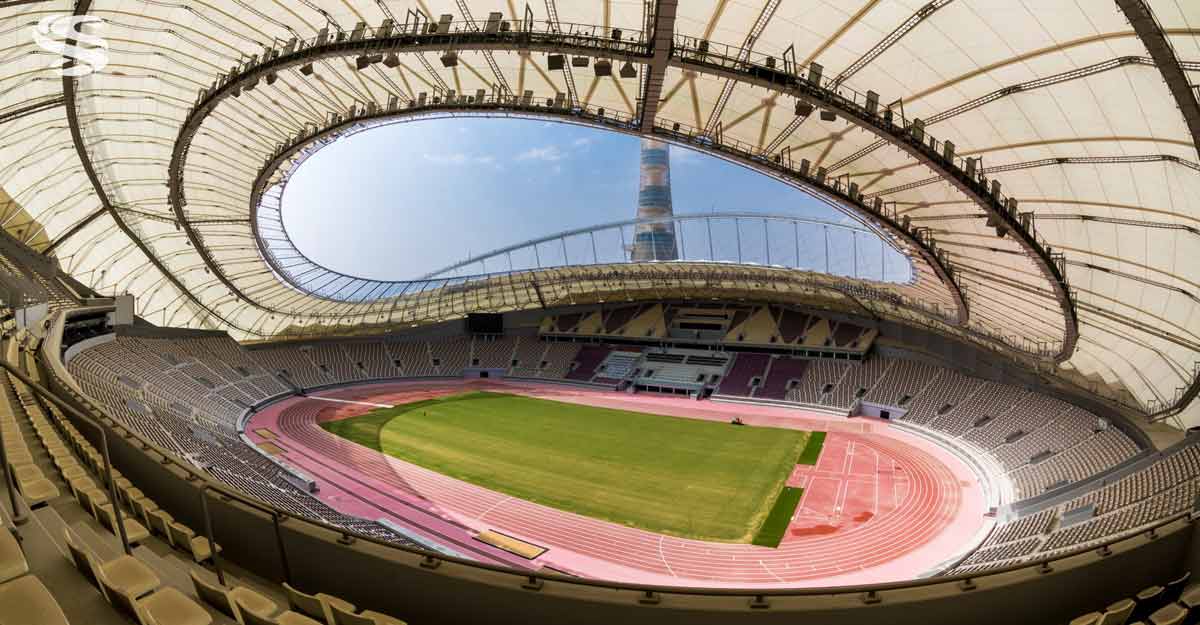
2. Al Janoub Stadium
Al Janoub Stadium, located at the southern coastal city of Al Wakrah, was unveiled on May 16, 2019. The design of this 40,000-seat stadium is inspired by the sails of traditional dhow boats, in tribute to Al Wakrah's seafaring past. Designed by the famous Zaha Hadid Architects, it is a modern architectural marvel. This venue will host six group matches and a round of 16 encounter.
3. Education City Stadium
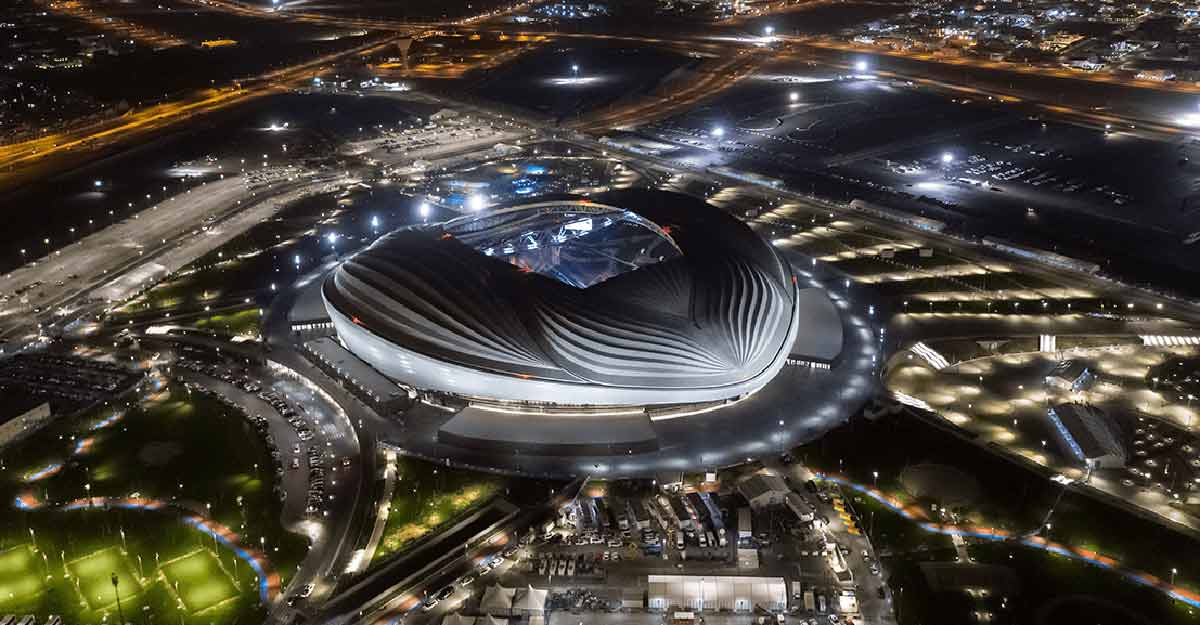
Labelled the 'Jewel of the Desert', the Education City Stadium is situated on the outskirts of Doha and is right in the middle of Qatar’s leading universities’ campus. Launched virtually on June 15, 2020, it can accommodate 40,000 spectators. A total of eight matches will be played there, including six group encounters and one round of 16 and quarterfinal tie each. Developed by Fenwick-Iribarren Architects, its design draws on the rich history of Islamic architecture, blending it with striking modernity. The stadium is only 4.5km away from the Khalifa International Stadium.
Venues under construction
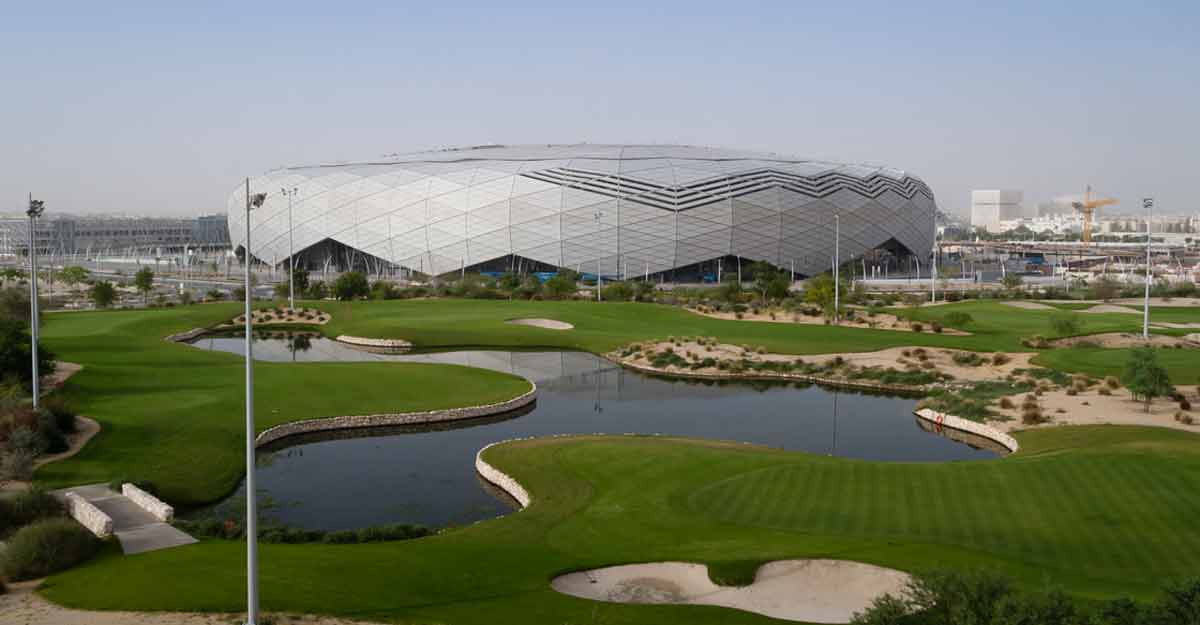
1. Al Thumama Stadium
This 40,000 capacity stadium is located 12km south of Doha’s skyline and seafront. It is an architectural depiction of the gahfiya, a traditional Arabic headwear. Works are in full swing to give finishing touches to the turf and training pitches. Six group encounters and one round of 16 and quarterfinal match each will be held here. Designed by Qatari architect Ibrahim M Jaidah, the venue radiates the culture of the region with its intricately designed exterior. It will be unveiled next year.
2. Al Bayt Stadium
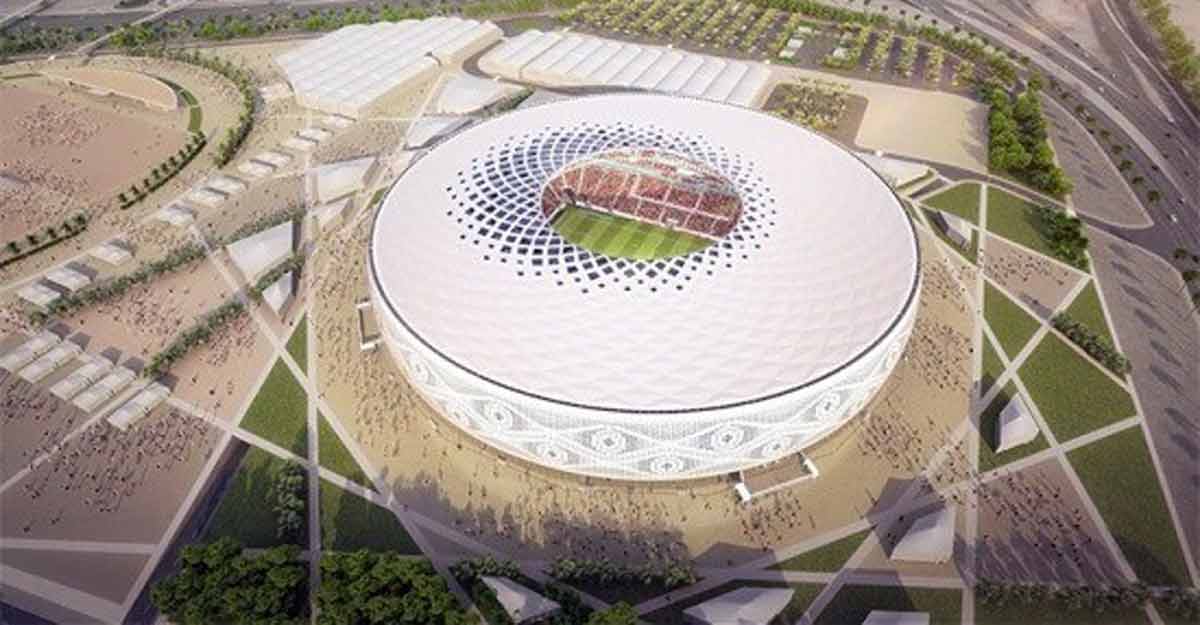
The Al Bayt Stadium, located about 35 kilometers north of Doha in Al Khor city, has a capacity of 60,000. It will host nine matches, including the opening game and a semifinal. Work on its exterior, which resembles tents used in Qatar’s deserts, is nearing completion. The stadium's surroundings include a park and an artificial lake. Recently, it received the Global Sustainability Assessment System certification from the Gulf Organisation for Research & Development. The stadium's interior design is inspired by the tents of nomadic tribes and is further characterised by vibrant geometric and figurative patterns and symbols, a hallmark of Bedouin weaving. The stadium will be ready by next month.
3. Ras Abu Aboud
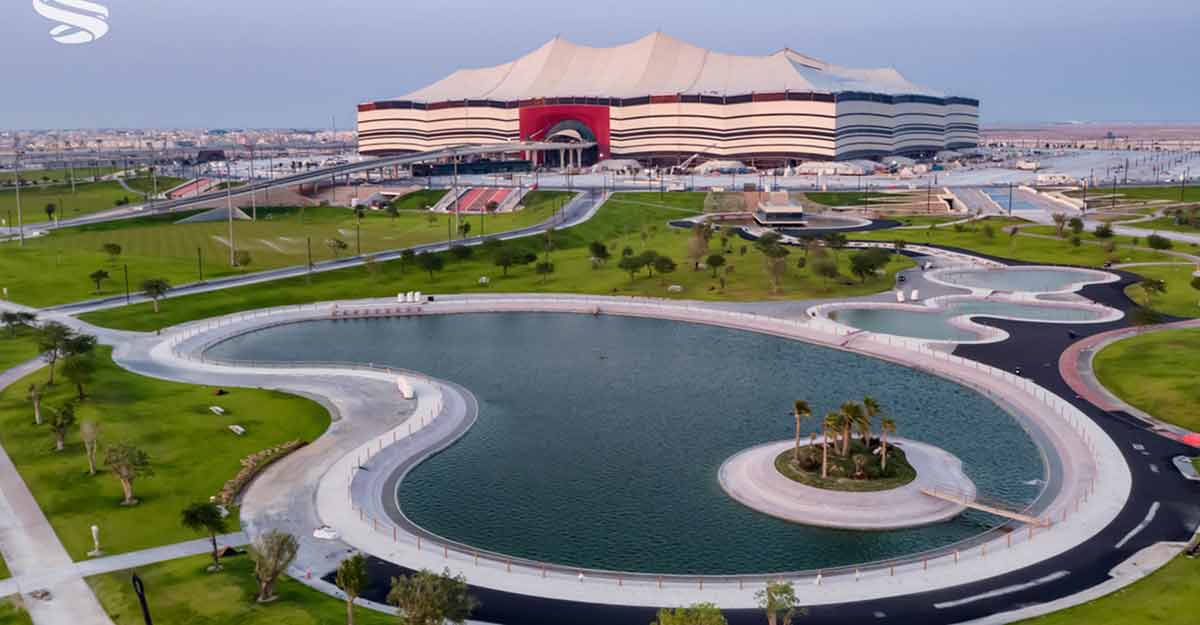
The Ras Abu Aboud Stadium is the first ever World Cup stadium that is designed to be dismantled after the tournament. The structure will be built using shipping containers, removable seats and other modular building blocks, enabling swift, cost-efficient construction. It has a seating capacity of 40,000 and will host games up to the quarterfinals. Currently, seat installation and roof works are underway. The seven-storey stadium is designed by Fenwick Iribarren Architects.
4. Al Rayyan Stadium
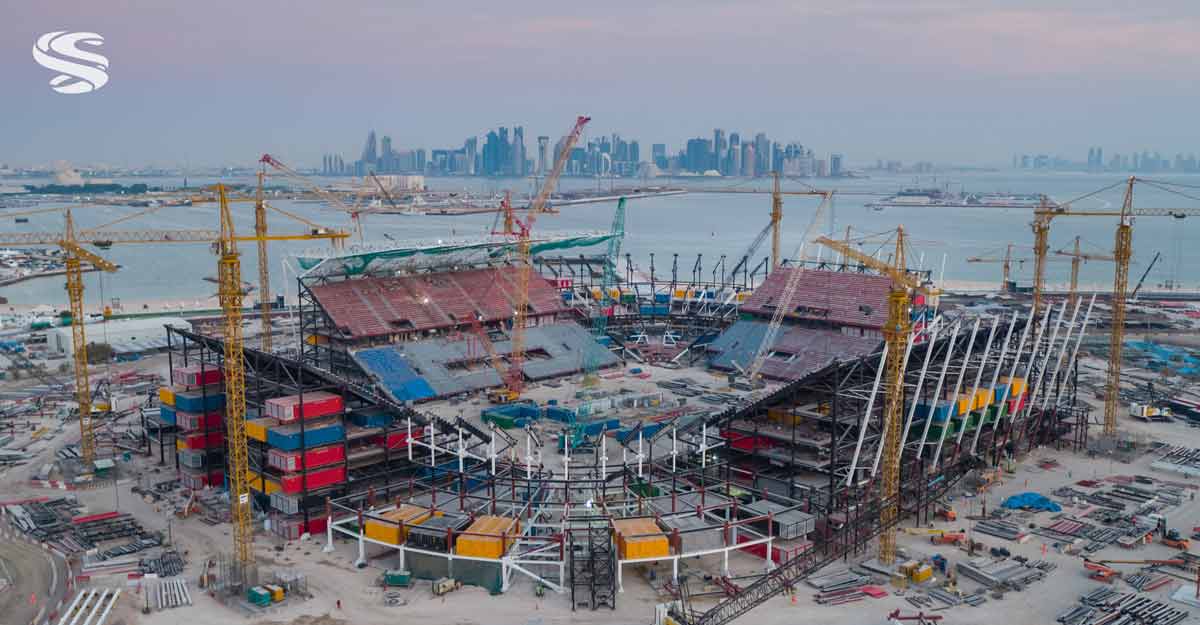
The Al Rayyan Stadium is being built on the site of the old Ahmed Bin Ali Stadium, previous home of Qatar's Al Rayyan Sports Club. It will have a capacity of 40,000 and will host seven matches up to the quarterfinal stage. Its eye-catching design reflects the best of Qatari culture and the country's beautiful desert landscapes. Its precinct has been designed to resemble the sand dunes that surround the traditional desert tents. The glowing facade is formed from seven patterns, representing different aspects of Qatari culture. The venue is expected to be unveiled next month.
5. Lusail Stadium
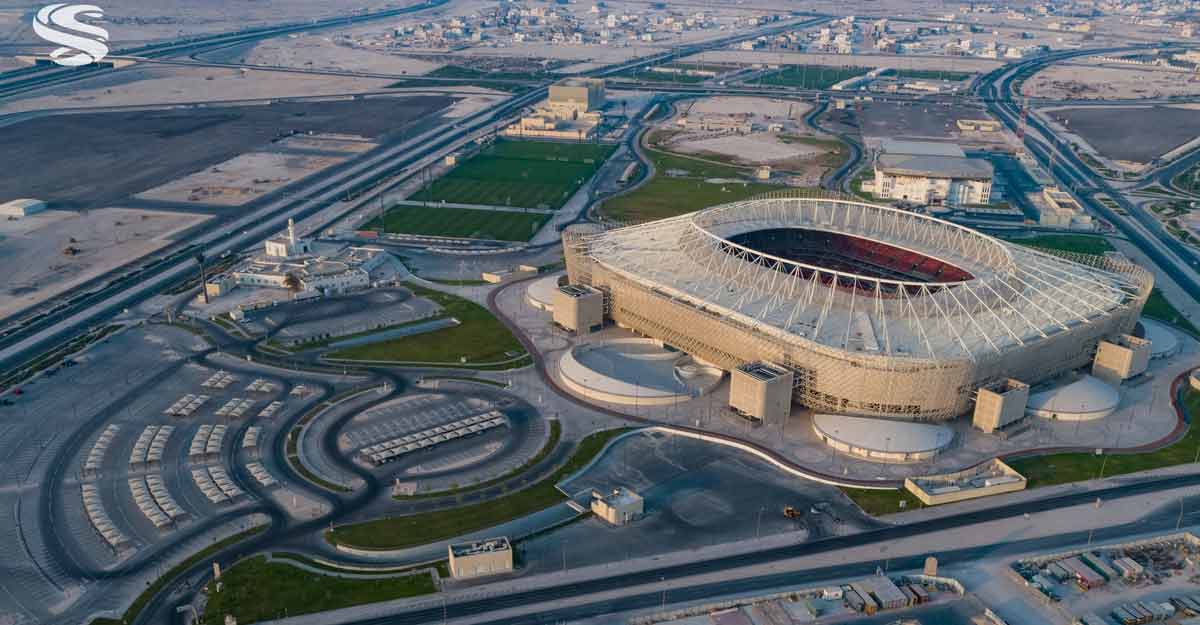
The swanky 80,000-seater Lusail Stadium, located in Lusail City just outside the capital Doha, will host the opening ceremony, a semifinal and the final of the World Cup. Construction work is progressing on a war footing and is set to be completed in 2021. Lusail bears striking resemblances to some of the world's iconic football arenas such as Brazil's Maracana Stadium, Spain's Camp Nou, and Russia's Luzhniki Stadium. The golden exterior of this magnificent venue is inspired by the interplay of light and shadow that characterises the traditional 'fanar' lanterns. The sleek, bold shape of this arena and its sloping roof is based upon bowls, vessels and art pieces used across the Middle East for centuries.

